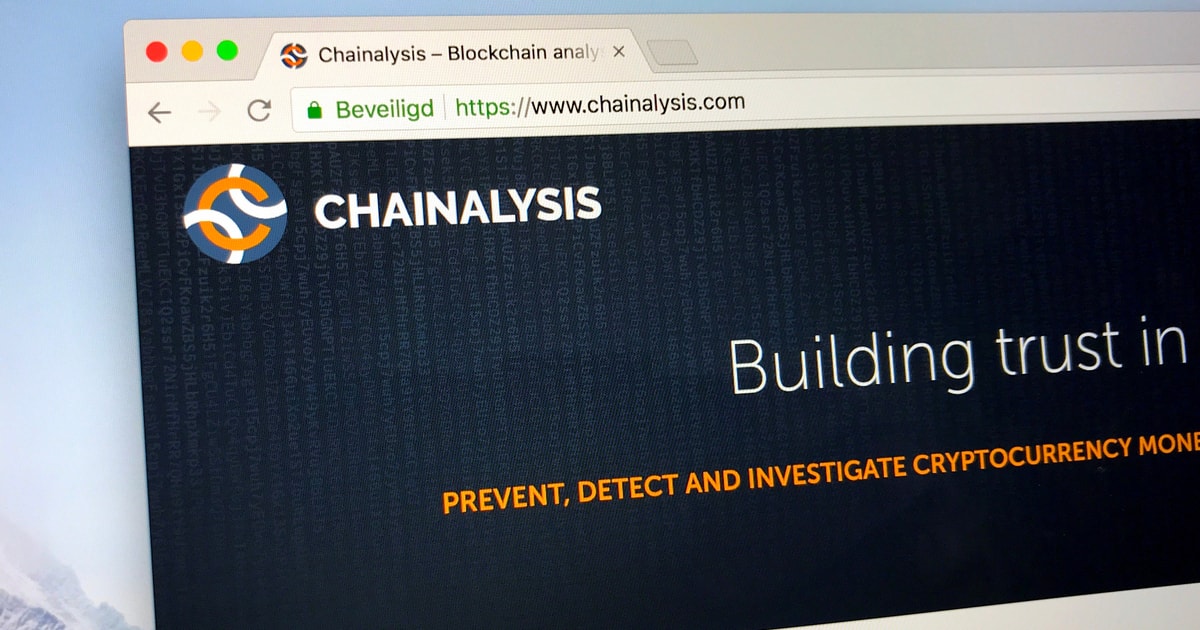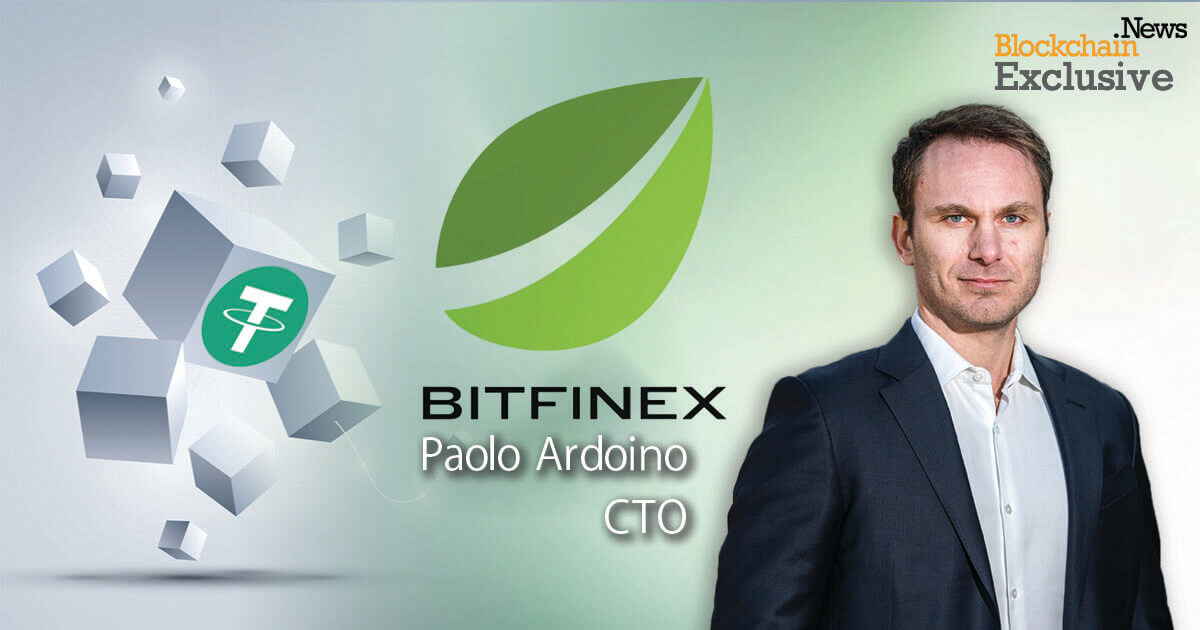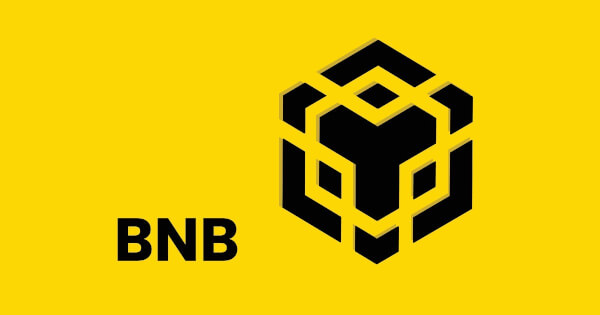Terrill Dicki
February 21, 2025 16:23
Labs is a significant milestone with 5 gigagas throughput in a 40-knot network, which uses the Autobahn consensus protocol to improve blockchain scalability.
Labs has announced a breakthrough in the blockchain scalability and achieved a 5 -gigagas throughput in an internal Devnet test. This milestone was loud with a 40-knot network that was distributed over four regions.
Benchmark results
The Devnet test, which simulated the real network conditions, showed a continued processing capacity of 5 gigagas. The test was carried out with nodes in Singapore, Germany, Ohio and Oregon. The test included a finality of ~ 700 ms and showed a network resilience in the entire geographical distribution.
Autobahn protocol architecture
The Autobahn protocol underpins this performance. It uses a hybridized architecture that combines a data distribution layer inspired by DAG and a partially synchronous BFT consensus layer. This design aims to reduce the latency and to improve the restoration of network asynchronies.
Autobahn separates the spread of the asynchronous transaction of consensus. Validators send blocks and collect the availability results, to which reference is then made in a directed acyclic graph. The consensus phase, which is led by a rotating guide, completes these blocks via a 2-round protocol in the PBFT style.
Important innovations and functions
An outstanding innovation of Autobahn is the review of the availability check of the data for the availability of critical paths, which enables a quick final strength by ensuring the data availability before the consensus phase. This approach significantly reduces the latency, while the high throughput and robust security is maintained.
The modular design of Autobahn supports parallel block production and efficient data distribution and improves both throughput and resilience. It also offers fast path optimization for ideal conditions and reduces news delays during consensus.
Future instructions
Let Labs plan to deal with technical aspects of their work and to examine implementation details, optimizations and comparisons with other protocols. The organization encourages developers and researchers to work together to promote the scalability of the blockchain infrastructure.
You can find further findings in the SEICH research initiative and examine the SEIT Foundation.
Image source: Shutterstock


